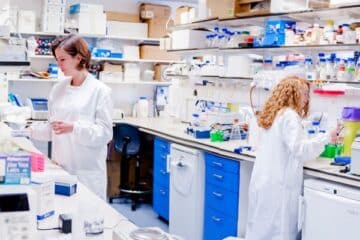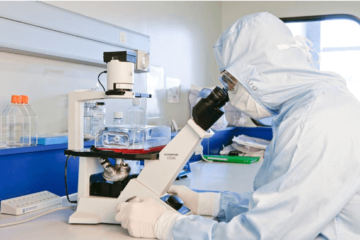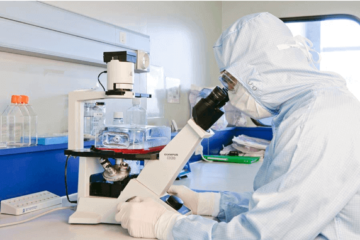Gene Therapy for Retinitis Pigmentosa: CRISPR/Cas9 Restores Visual Function
CRISPR/Cas9 gene therapy offers promising advancements for retinitis pigmentosa treatment. By targeting specific genetic mutations, this technique aims to restore visual function in patients with inherited retinal degeneration, providing hope for improved quality of life and independence.













